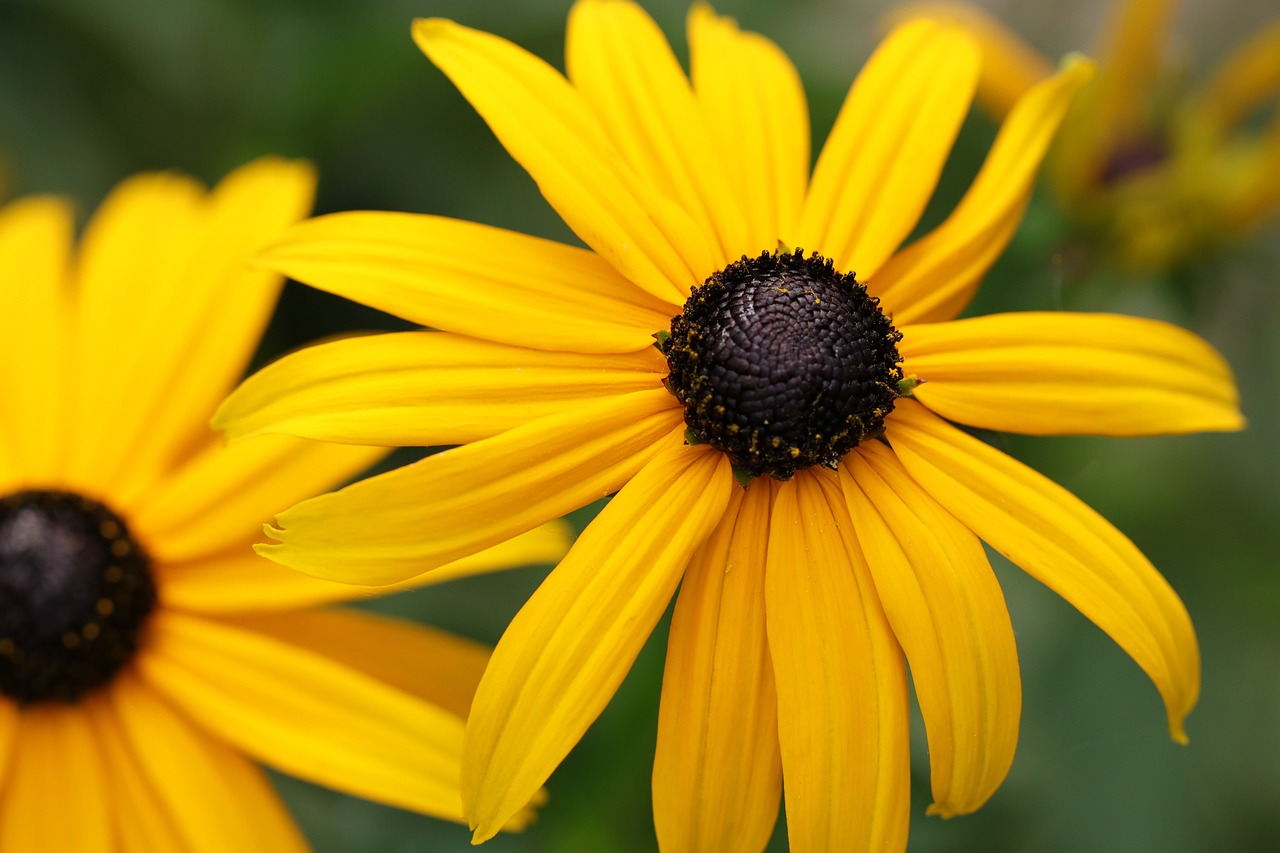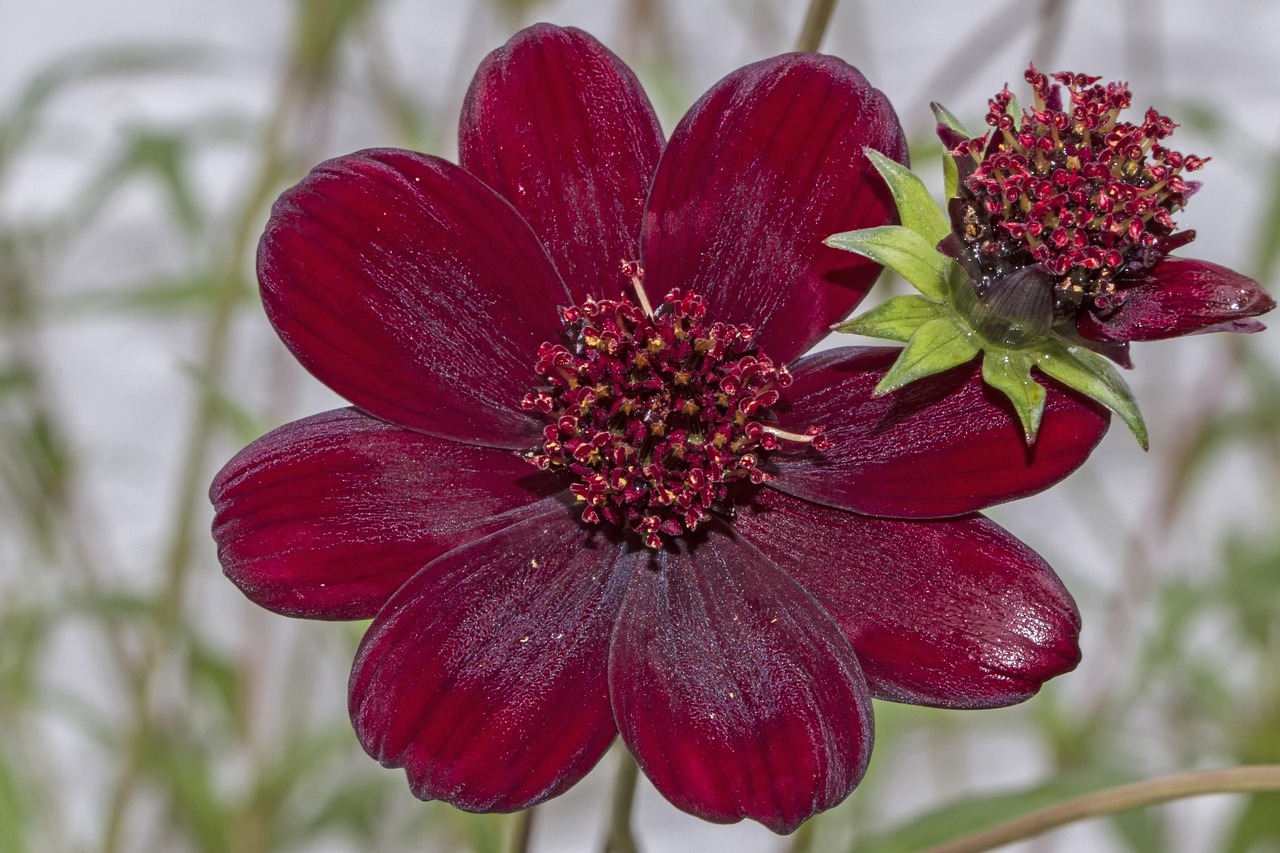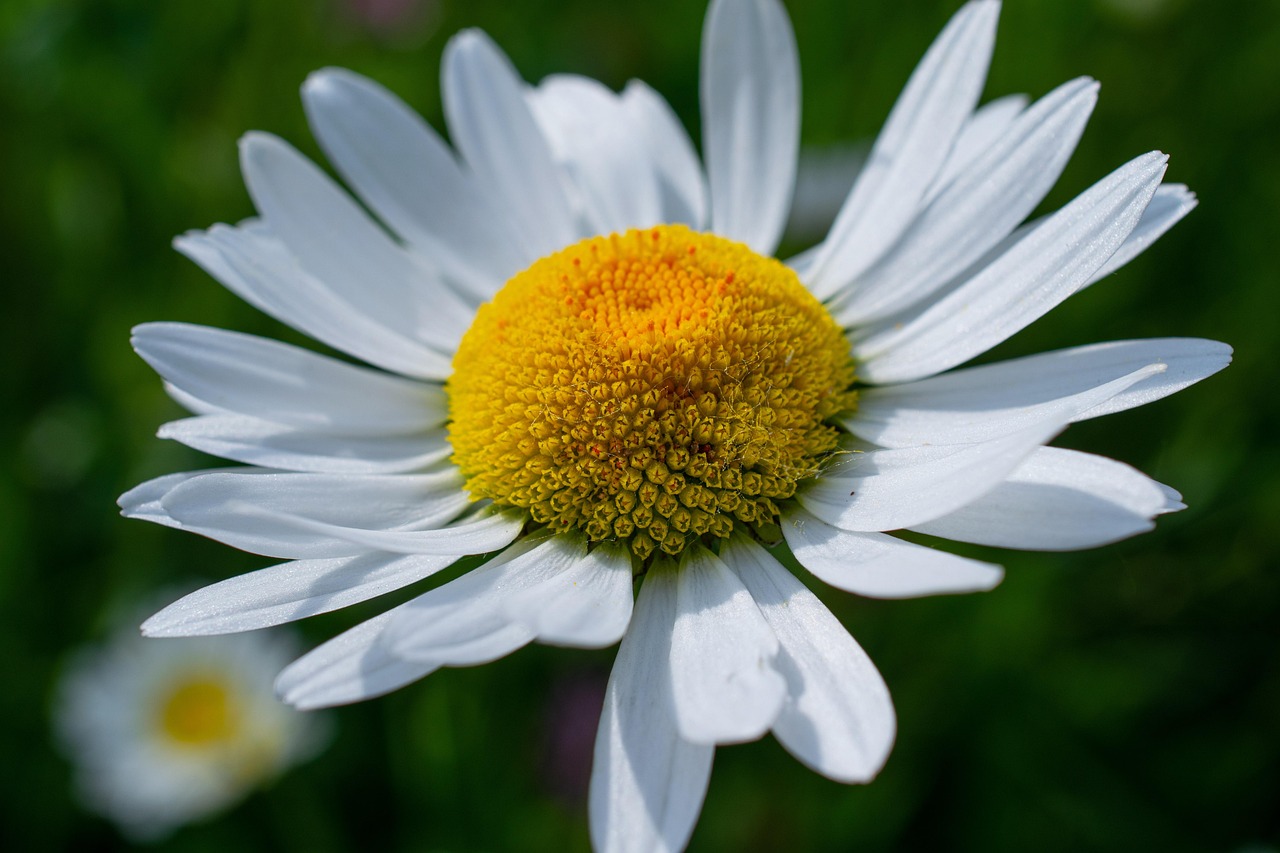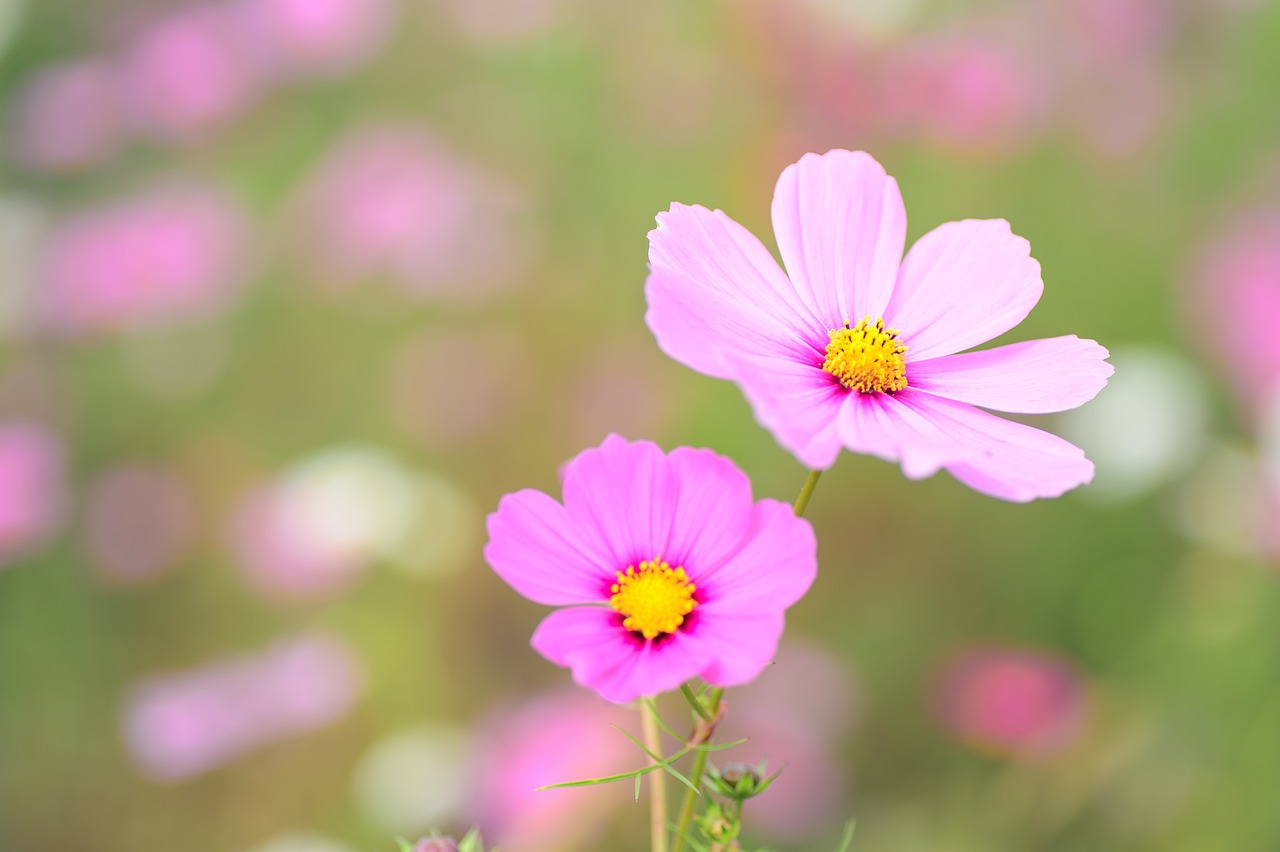Korean Aster: Features and Care
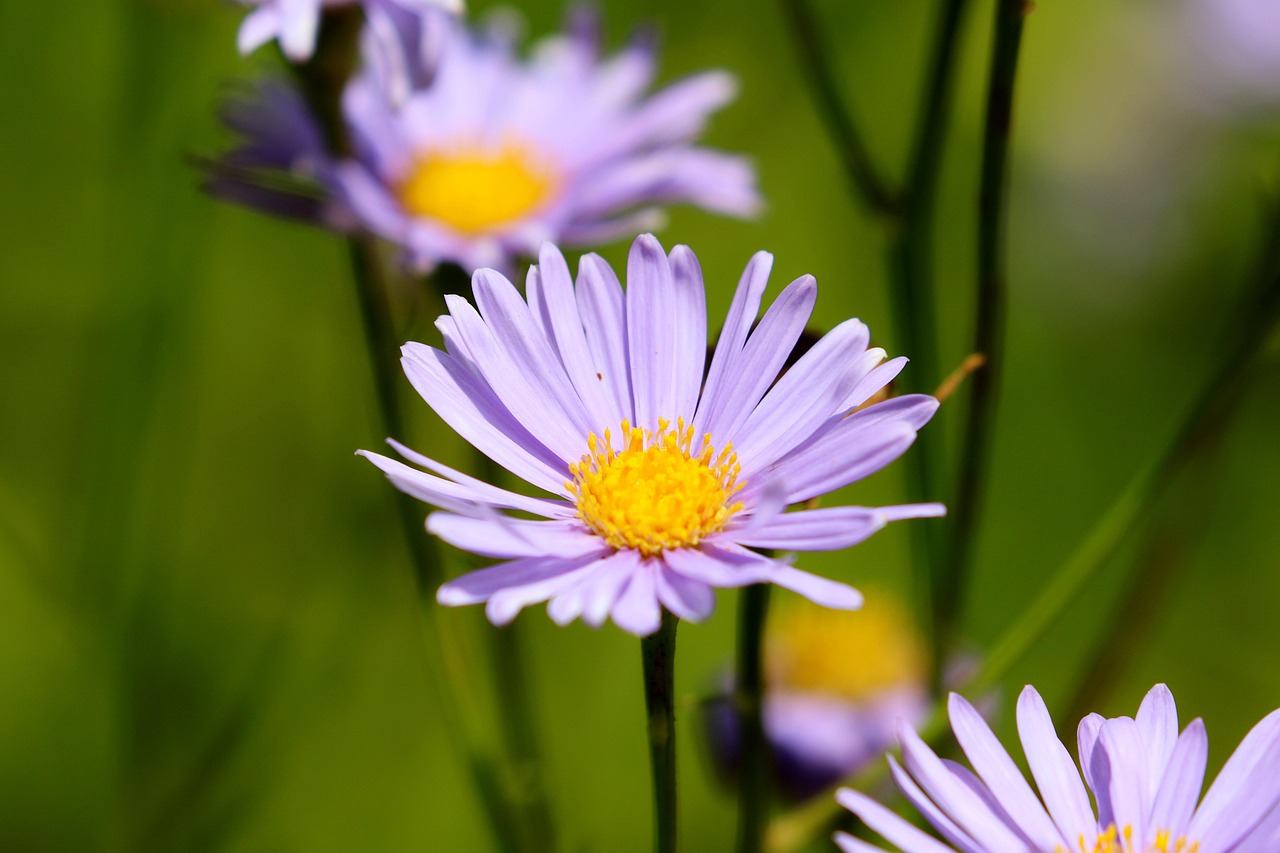
The Korean Aster is a perennial plant that blooms with beautiful purple flowers in autumn. Adapted to the natural environment of East Asia, it combines delicate petals with a robust nature, making it a favored choice for gardens and parks.
This article provides detailed information on the Korean Aster, including its cultural significance, historical background, and care guidelines.
Basic Information
- Scientific Name: Aster koraiensis
- Family: Asteraceae
- Origin: Korean Peninsula, Northeastern China
- Appearance: The plant produces slender-petaled purple flowers with a yellow center. Its leaves are elongated and grow along sturdy stems.
- Blooming Season: Late summer to autumn, thriving in cool climates.
Cultural Significance Worldwide
The Korean Aster is deeply associated with the landscapes and traditional gardens of East Asia. In Korea, it symbolizes the arrival of autumn, adding a refreshing touch to seasonal scenery. Traditional Korean gardens often feature it alongside bamboo and pine trees, emphasizing harmony with nature.
In Japan, the Korean Aster is appreciated as an autumn flower, growing naturally in meadows and mountainous regions. Its elegant purple blooms have been a source of inspiration in poetry and art. Similarly, in Northeastern China, it is valued as a wildflower that enhances the beauty of the autumn countryside.
Historical Background
The scientific name Aster koraiensis reflects its Korean origins. Western botanists first documented this species in the late 19th and early 20th centuries, during a period when many East Asian plants were classified and introduced to European botanical gardens.
In Korea, the Korean Aster has long been cultivated in historical gardens and cultural heritage sites, symbolizing the seasonal transition. Today, it is increasingly grown as an ornamental plant in botanical gardens worldwide.
Gardening Tips
The Korean Aster is relatively easy to grow, but providing the right conditions will ensure healthy development.
Sunlight
Prefers full sun but can tolerate partial shade. A well-ventilated environment supports optimal growth.
Watering
Moderately drought-tolerant, but watering when the soil surface dries out will promote healthy blooms. Avoid overwatering.
Soil
Well-draining soil is ideal. Mixing loamy soil with compost or sand improves drainage.
Fertilization
Applying slow-release fertilizer before blooming enhances flower production. Avoid excessive feeding.
Cold Resistance
Hardy in cold climates, but applying mulch in winter can provide extra protection against extreme cold.
Conclusion
The Korean Aster is a perennial plant that blooms in autumn, marking the change of seasons with its vibrant purple flowers.
It has been cultivated in traditional Korean gardens and admired in Japan and China as a symbol of autumn’s beauty. Western botanists classified the species in the 19th century, leading to its recognition as an ornamental plant.
With proper care, this resilient flower thrives in gardens, offering a graceful seasonal display. Growing the Korean Aster allows one to experience the subtle beauty of nature’s transitions.

